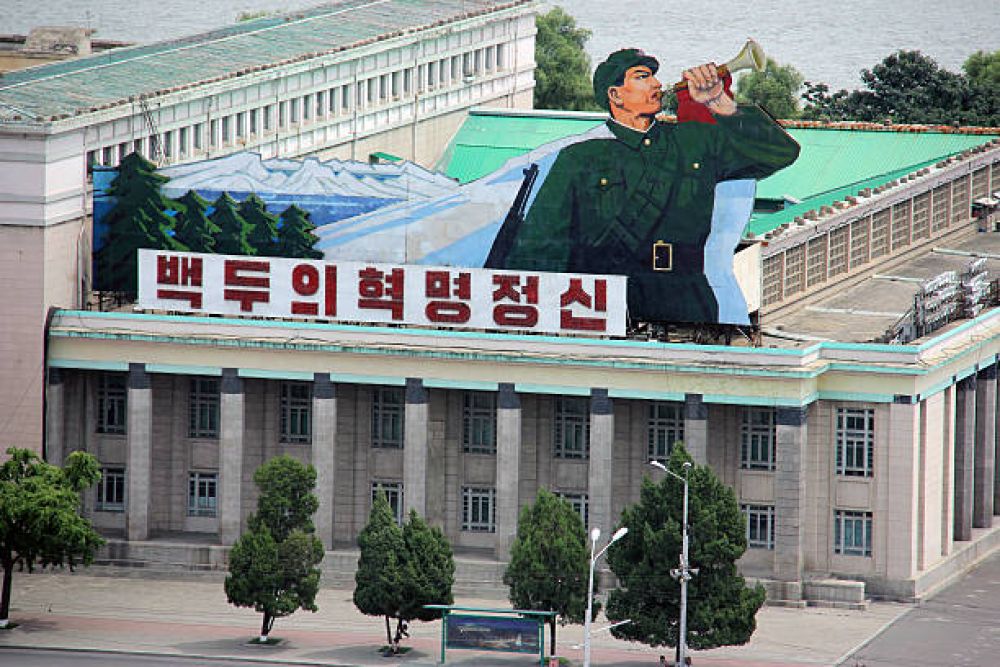

The Korean Central History Museum located in Pyongyang, North Korea, is a prestigious institution dedicated to preserving and showcasing the extensive history of Korea. Established in the 1940s, it is one of the oldest and most significant museums in the country. The museum houses a comprehensive collection of artifacts and exhibits that span from the Paleolithic age to the modern era, emphasizing the history of Korea from the perspective of the ruling Workers' Party of Korea.
The museum features a variety of exhibitions that provide insights into the Korean Peninsula's history. These include ancient Korean kingdoms such as Gojoseon, Goguryeo, and Joseon, alongside displays focusing on the Japanese occupation and the Korean War. The museum is also known for its detailed representation of the revolutionary history of North Korea, particularly highlighting the leadership and ideology of the country's founding father, Kim Il-sung.
The museum's architecture is reflective of traditional Korean style, with its location in the central district of Pyongyang making it easily accessible for visitors. It is positioned near other significant landmarks such as the Kim Il-sung Square.
The Kim Il-sung Square is a notable public space located at the heart of Pyongyang. It is named after the founder of North Korea and serves as the location for many of the country's large-scale military parades, celebrations, and public gatherings. The square is surrounded by important government buildings and cultural institutions, including the Korean Central History Museum.
The square is of great symbolic importance to the North Korean regime. It is often used to display the country's collective unity and governmental might, especially during national holidays and significant political events.
North Korea, officially known as the Democratic People's Republic of Korea (DPRK), has had a complex relationship with international tourism. The country began allowing limited tourism in the 1950s, with visitors mostly restricted to those from communist and non-aligned countries. Since then, North Korea has closely controlled and monitored all tourist activities within its borders, with the primary aim of promoting the country's ideology and achievements.
In recent years, there has been a slight opening up, with a small but growing number of tourists from various countries being permitted to enter North Korea under strict supervision. Tourists are usually part of organized tours and are accompanied by government-approved guides at all times.
One of the latest trends in North Korean tourism is the increasing interest in Cold War history and "dark tourism", which involves visiting sites associated with tragedy or conflict. Despite North Korea's isolation, the intrigue surrounding its history, culture, and political system has attracted a niche group of tourists fascinated by the country's enigmatic status.
However, it is important for potential visitors to be aware of the stringent rules and conditions of travel in North Korea. Visits are highly structured, and there is virtually no opportunity to interact freely with the local population or explore independently. It is also crucial for visitors to stay informed about their home country's travel advisories and ensure they comply with North Korean laws and customs to avoid any legal issues.